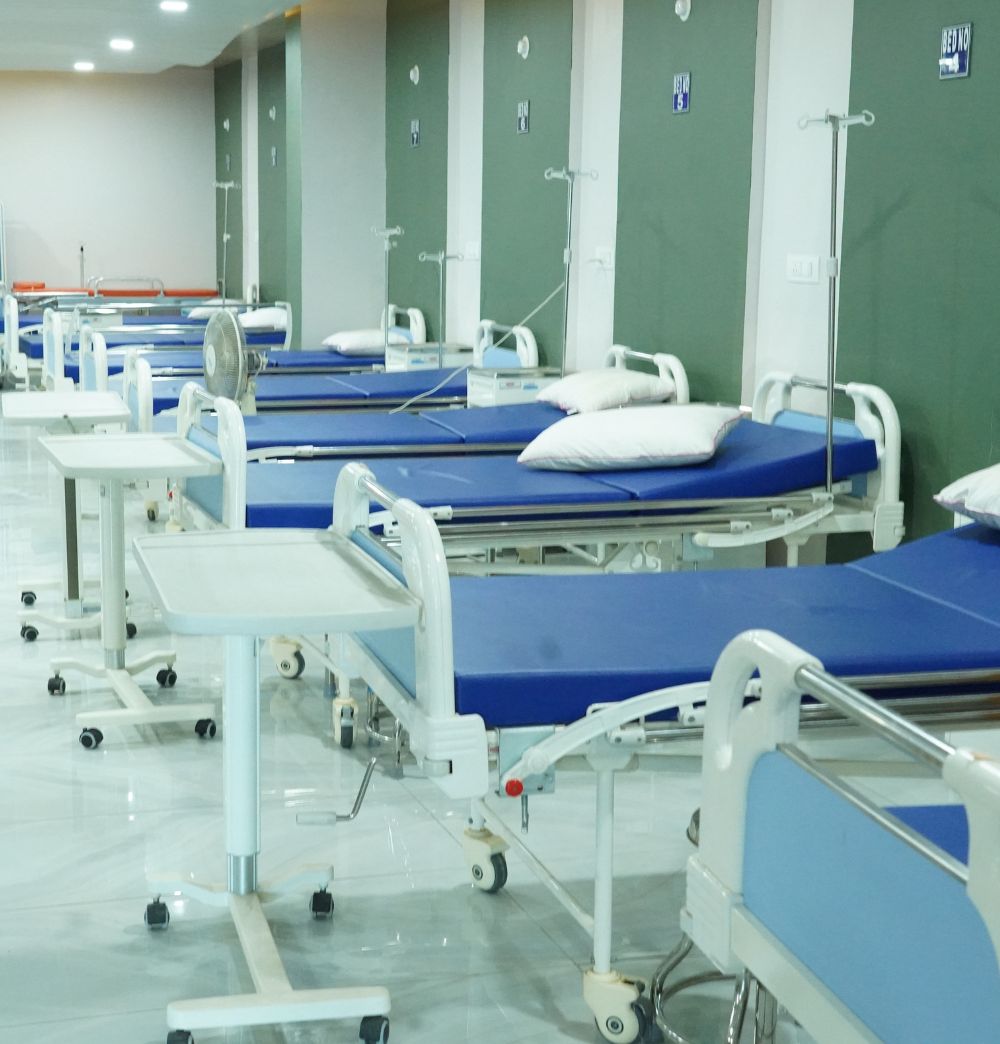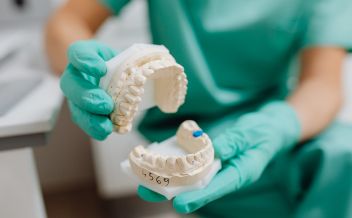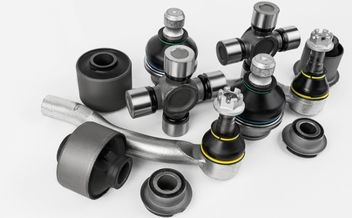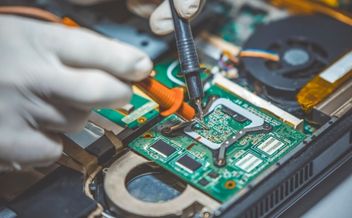Practical Strategies: How AI Can Help Hospitals Save Money
In today's digital age, Artificial Intelligence (AI) isn't just for sci-fi movies anymore—it's becoming a game-changer in various industries, including healthcare. Let's explore how hospitals can save money with AI.
1. Streamline administrative tasks with AI
Ever thought about the countless hours hospital staff spend on administrative work? It's mind-boggling, isn't it? But what if we could reduce that time and channel it into more important tasks—like patient care?
That's where AI steps in. By automating administrative tasks, hospitals can save both time and money. Here's how:
AI Chatbots: Ever had a conversation with Siri or Alexa? That's AI for you. In a hospital setting, AI chatbots can handle tasks like scheduling appointments, answering patient queries, and even providing medical advice based on algorithms. The beauty of this is that it's available 24/7, reducing the need for round-the-clock administrative staff.
AI-Driven Billing Systems: Mistakes in billing can be costly, not just in terms of money, but also in patient satisfaction. With AI-driven billing systems, hospitals can reduce errors, ensuring accurate invoicing. Coupled with faster processing times, this means quicker payments and improved cash flow.
AI in Records Management: The days of sifting through stacks of paper records are long gone. AI can help manage electronic health records, making it easier to access and update patient information. This not only saves time but also reduces the risk of misplaced or lost records.
So, by streamlining administrative tasks, AI not only makes the workday easier for hospital staff, but it also helps answer the question of how hospitals can save money with AI. The trick is to embrace the technology and explore how it can be tailored to specific needs.
Moving on, let's see how AI can also help improve patient care and reduce readmissions. Because, after all, isn't that what healthcare is all about?
2. Improve patient care and reduce readmissions
First and foremost, hospitals are all about patient care. So, any strategy to save money should also aim to enhance the care patients receive. AI has the potential to do both, and here's how:
AI in Diagnosis and Treatment: AI algorithms can analyze patient data and help doctors make more accurate diagnoses and treatment plans. Better treatment can lead to quicker recovery times and fewer readmissions, saving hospitals a significant amount of money. It's a win-win situation, don't you think?
AI in Personalized Care: Not all patients are the same, so why should their care be? AI can help create personalized care plans based on individual health data. This could mean fewer unnecessary tests and procedures, leading to cost savings.
AI in Patient Monitoring: Keeping a close eye on patients' health can prevent complications and reduce readmissions. AI systems can continuously monitor patient data and alert healthcare providers of any changes that may need attention.
So, improving patient care and reducing readmissions is another answer to how hospitals can save money with AI. It's like killing two birds with one stone—better care for patients and more savings for hospitals.
Next, we'll take a look at another practical strategy: optimizing supply chain management. Sounds interesting, doesn't it? Stick around, you'll find out!
3. Optimize Supply Chain Management
The supply chain is the beating heart of any hospital—keeping it running smoothly can lead to substantial cost savings. Now, you might wonder, "How does AI fit into this?" Well, let me tell you:
AI in Inventory Management: Picture this—you're running a hospital, and you've got thousands of items to keep track of. It's like a never-ending game of hide and seek, right? Well, AI can make this game a lot easier. AI algorithms can predict future demand, ensuring you're not overstocking or understocking any item. This can help prevent wastage and save money.
AI in Vendor Management: Hospital supply chains often involve multiple vendors. Managing all these relationships can be a headache. Here's where AI comes to the rescue. AI can evaluate vendor performance, negotiate better prices, and analyze contracts. In short, it can be your secret weapon for a cost-effective supply chain.
AI in Logistics: Transporting medical supplies is no simple task. Delays and inefficiencies can lead to wasted resources. But, guess what? AI can optimize logistics, reducing delivery times and costs.
So, optimizing supply chain management is yet another way how hospitals can save money with AI. It's like having a super-efficient personal assistant handling all your supplies. Next up, we'll explore how AI can enhance diagnostic accuracy and speed. Are you ready for more? Of course, you are!
4. Enhance Diagnostic Accuracy and Speed
When you're in a hospital, time is of the essence. Speeding up diagnosis not only improves patient outcomes but can also bring down costs. But, you're probably thinking, "What's AI got to do with it?"
AI in Image Recognition: Ever tried finding Waldo in a crowd? That's what scanning medical images can be like for doctors. AI, however, can do it in a snap. AI algorithms, trained on thousands of images, can identify abnormalities faster and more accurately than a human. This reduces the time and cost of diagnosis.
AI in Predictive Diagnosis: Who wouldn't want a crystal ball in medicine? AI can be just that. By analyzing vast amounts of patient data, AI can predict disease progression and suggest preventive measures. This means fewer tests, less time spent, and more money saved.
AI in Personalized Treatment: No two patients are the same. AI recognizes this and can suggest personalized treatment plans. This means no unnecessary procedures or wasted medication—another way how hospitals can save money with AI.
So, enhancing diagnostic accuracy and speed with AI isn't just about better patient care—it's also a savvy financial move. But hold on, we're not done yet. Next, we're going to dive into how predictive analytics can help hospitals allocate resources better. Ready to keep going? Let's do it!
5. Implement Predictive Analytics for Better Resource Allocation
Imagine this: you're hosting a party, but you have no idea how many guests will show up. You might end up with too much food — a terrible waste — or too little, and hungry guests. Now, replace 'party' with 'hospital,' 'guests' with 'patients,' and 'food' with 'medical resources.' It's not a perfect analogy, but you get the gist: proper planning saves money. And with AI, hospitals can do just that through predictive analytics. How? Let's see:
Predicting Patient Flow: AI can analyze admission trends, predict patient inflow, and help you staff accordingly. That way, you're not paying for idle hands. Just one of the many ways hospitals can save money with AI.
Forecasting Equipment Usage: Need that MRI machine or is it just collecting dust? AI can analyze equipment usage patterns and help with procurement decisions. No need to spend money on fancy gadgets that just sit around.
Optimizing Energy Use: Hospital bills can be a nightmare, and I'm not just talking about the medical ones. Utilities can take a big chunk out of a hospital's budget. But with AI, hospitals can monitor and predict energy usage, making adjustments where necessary.
In essence, predictive analytics is like a crystal ball that helps hospitals anticipate needs and allocate resources more efficiently. It's about ensuring that every dollar spent is a dollar well spent. And that, my friends, is how predictive analytics can make an impact on a hospital's bottom line.
So there you have it: from administrative tasks to patient care, supply chain, diagnostics, and resource allocation - the opportunities for AI to save money in hospitals are plentiful. Isn't it about time we put those AI algorithms to work for us?



























































